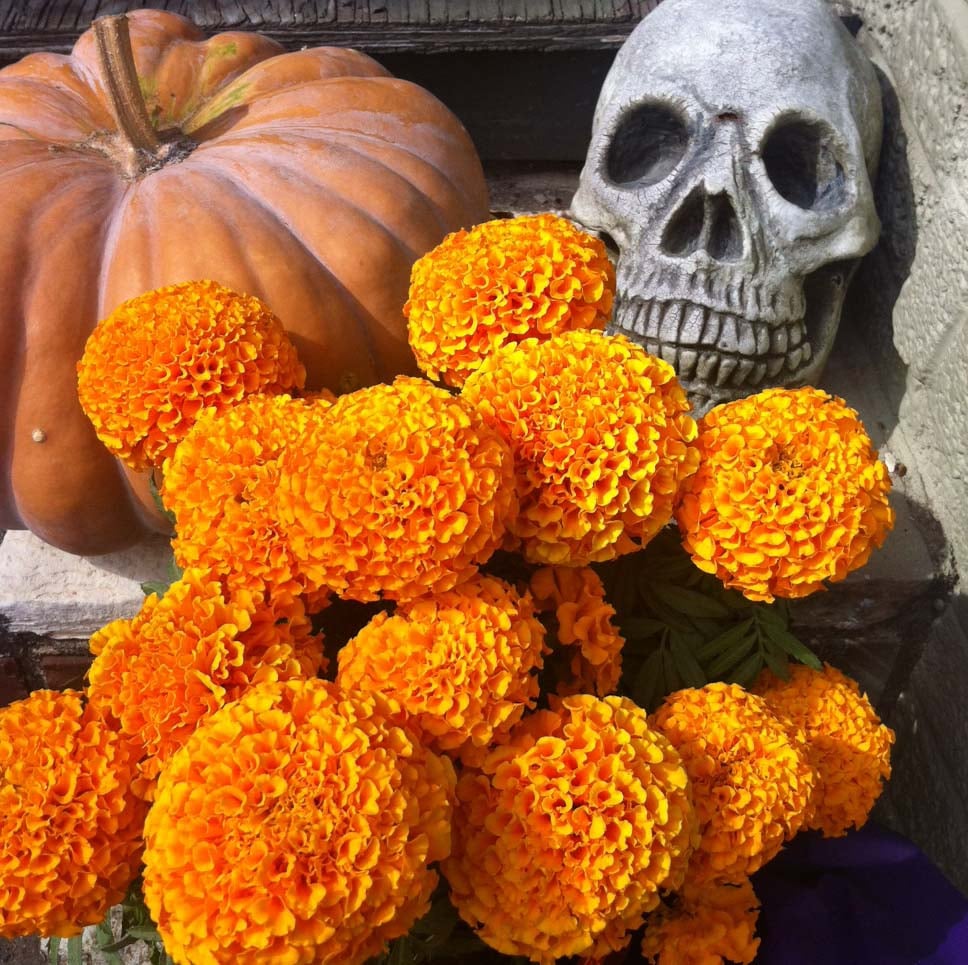

There are several dishes that are commonly associated with Day of the Dead such as rice, mole, chocolate, fall fruits, pumpkin desserts, and pan dulce (Mexican sweet bread). Now whenever we see a butterfly we say that it’s her spirit coming for a visit. Small figurines of dogs are often included on altars because they help guide the spirits on Day of the Dead.īutterflies have special significance in my family because my grandma Lola always loved them and at her funeral services, a beautiful white butterfly appeared at the entrance of the cemetery and led cars to the mausoleum where she was going to be laid to rest. Here you can appreciate the detail of this handmade pápel picado, and how it came to symbolize the fragility of life. The Aztecs believed that the smell of marigolds could wake the souls of the dead to bring them back for the festival. This photo of my father was taken in Pátzcuaro during one of our family trips to Mexico.Īncient Aztec celebrations honored Mictecacihuatl, the goddess of the dead and death.

It can be a favorite toy, tool or kitchen utensil, clothing item, snack, or drink – anything, really! Personal Objects and Mementos: These can include items that serve as a reminder of the person being honored.Dogs: Dogs are believed to guide the ancestral spirits to their final resting place in the afterlife.Monarch Butterflies: These butterflies, which migrate to Mexico each fall, are believed to be the spirits of ancestors coming to visit.This delicate tissue paper also signifies the fragility of life and the element of wind. Papél Picado: Colorful papél picado represents the union between life and death.It represents the entry into the world of the dead. Arch: Above the altar is usually an arch made of flowers or other offerings.Incense: Incense is sometimes included on an altar to ward off bad spirits and purify the soul of our dearly departed.They also help light the way toward the land of the living and represent the element of fire.


If marigolds are not available, any fresh or paper flowers are great substitutes. Elaborate altars include a walkway made of marigolds that begins at the entrance of a home and ends at the altar. Their bright orange color and fragrance are believed to help guide souls back to the living world for one evening. Flowers: The most popular flower on Day of the Dead altars is the cempazúchitl or marigold, which represents the earth.I like to use prints that include only the people being honored on my altar (no living people are in my altar photos – there’s no rule about this, it just seems like a goocher!). Photos: Photos are meant to honor your deceased loved ones.The most basic elements of an altar include photos, flowers, and candles. Within the home, people create altars with photos, mementos, and offerings that pay homage to the deceased.īelow I have outlined the different items that can be included on a Day of the Dead altar, along with their symbolism and significance in the hopes that you are inspired to remember and honor someone special this year! Outside of the home, families visit graves and enjoy food and music as they reminisce about their loved ones who are no longer with them. On Day of the Dead, we acknowledge the spirits that are with us and allow them to fill our homes with the memories of the lives that they left behind.ĭay of the Dead can be traced back to the Aztecs and is typically a two-day celebration beginning on November 1 with Día de los Inocentes (Day of the Innocent), which honors deceased children and ending on November 2 with Día de los Muertos. Now my son even helps decorate and I can only hope that he grows to appreciate this tradition as much as I do. On this day, altars are erected and decked out to resurrect the memories of those who have passed away.Įvery year, my altar only grows and grows as I honor my own loved ones who have passed: my father Jose Luis Luna Wiarco, my grandmother, my great grandparents, and my baby cousin Olivia. It is a tradition that bridges the past with the present, mocks death in a fun and festive way, and celebrates life. Día de los Muertos (Day of the Dead) is a Mexican cultural tradition that I developed a deeper appreciation for as I learned more about the celebration’s meaning and significance.


 0 kommentar(er)
0 kommentar(er)
